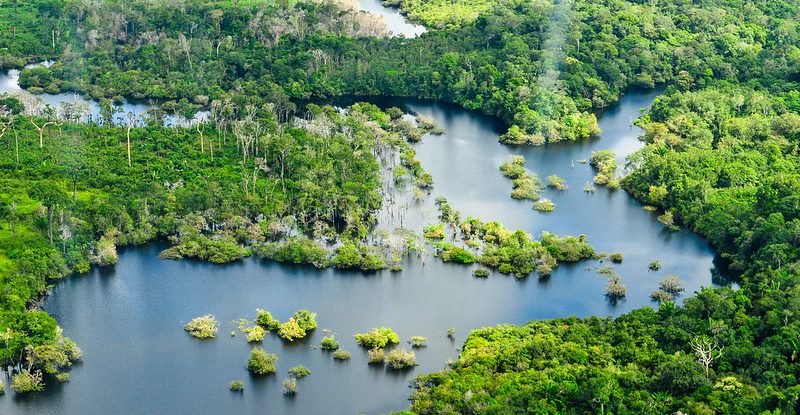Conservation payments, commonly known as Payments for Environmental Services (PES), are a popular tool to reduce deforestation and conserve forests in the tropics.
The strategy consists of providing conditional payments, in money or in-kind compensations, for land managers to actively support forest conservation. Its rationale is to make forests more profitable standing than cut. This means that payments for forest conservation must exceed the opportunity cost of avoided deforestation – i.e., the foregone profits from abandoning deforestation-dependent economic activities (such as swidden agriculture and extensive cattle ranching).
Most PES impact evaluations indicate some level of success in reducing deforestation and conserving forests. Yet, little is known about the permanence of conservation achievements after payments are suspended.
In our infobrief , we condense the main findings of our impact assessment of a REDD+ (Reducing Emissions from Deforestation and Forest Degradation, while enhancing carbon stocks) project that paid smallholders in the Brazilian Amazon to reduce deforestation. As a start towards addressing the dearth of knowledge about post-project permanence, we particularly scrutinized the extent to which conservation outcomes persisted after the project ended.
We started our analysis by hypothesizing four potential scenarios (see following paragraph) for the permanence of forest conservation outcomes from PES. All scenarios worked from the assumption that PES effectively reduced deforestation, but differed in terms of what occurs after payments end, illustrating four degrees of permanence ordered from the most to the least optimistic scenario.
Scenario 1: Permanence of deforestation reduction: the lower deforestation trend is maintained after payments end.
Scenario 2: Permanence of conservation gains: deforestation resumes but without retrieving avoided deforestation.
Scenario 3: Zero-permanence: deforestation rates increase until they ‘catch up’ with the foregone deforestation.
Scenario 4: Negative-permanence: deforestation rates remain higher in the long run, promoting negative conservation outcomes.
In our PES-REDD+ impact assessment, we found that outcomes on the ground aligned most closely to Scenario 2. According to our estimations, PES saved an average 7.8 percent of forest cover per property, but only while payments were ongoing. Post-payments, former participants resumed deforestation, but not at a rate that eliminated previous forest conservation outcomes. This means deforestation reduction was not permanent, but PES conservation gains were preserved.
The main lesson for PES donors and implementers from our results may be that you only get what you pay for, while you are paying. Long-term PES programmes are thus preferable since they allow deforestation reductions to persist longer.
Still, even the temporary PES evaluated here had a lasting project permanence, as the forest conservation gains achieved during payments were preserved after the project ended.
PES, therefore, did not eradicate deforestation, but it served as a useful temporary trend break, saving forests for climate change mitigation and co-benefits while the intervention lasted and beyond.
This work was carried out as part of the Center for International Forestry Research’s Global Comparative Study on REDD+ . The funding partners that have supported this research include the Norwegian Agency for Development Cooperation (Norad), the International Climate Initiative (IKI) of the German Federal Ministry for the Environment, Nature Conservation and Nuclear Safety (BMU), and the CGIAR Research Program on Forests, Trees and Agroforestry (CRP-FTA) with financial support from CGIAR Fund Donors.
We want you to share Forests News content, which is licensed under Creative Commons Attribution-NonCommercial-ShareAlike 4.0 International (CC BY-NC-SA 4.0). This means you are free to redistribute our material for non-commercial purposes. All we ask is that you give Forests News appropriate credit and link to the original Forests News content, indicate if changes were made, and distribute your contributions under the same Creative Commons license. You must notify Forests News if you repost, reprint or reuse our materials by contacting forestsnews@cifor-icraf.org.

